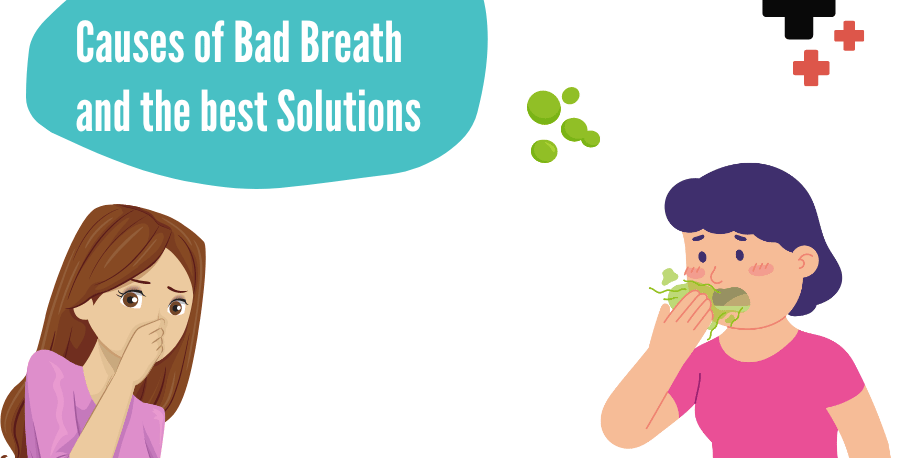Bad breath, scientifically known as halitosis, is a common but often embarrassing condition that can impact confidence and social interactions. While occasional bad breath is normal, persistent halitosis may indicate underlying health issues. Understanding the causes of bad breath is the first step towards addressing this concern and maintaining oral hygiene. Here, we delve into the various factors that can contribute to bad breath and explore practical solutions to combat it.
Poor Oral Hygiene:
Neglecting proper dental care is one of the primary culprits behind bad breath. When food particles linger in the mouth, bacteria feed on them, releasing foul-smelling gases. Brushing and flossing regularly help remove these particles and prevent bacterial buildup, thus reducing the risk of halitosis.
Bacterial Growth:
The mouth is a breeding ground for bacteria, especially on the tongue’s surface and between teeth. These bacteria can produce volatile sulfur compounds if not adequately cleaned, leading to malodorous breath. Tongue scraping and using antibacterial mouthwashes can help reduce bacterial growth and combat bad breath.
Dry Mouth:
Saliva plays a crucial role in rinsing away food particles and neutralizing acids in the mouth. However, dehydration, mouth breathing, certain medications, and salivary gland problems can cause dry mouth, leading to halitosis. Staying hydrated and chewing sugar-free gum can stimulate saliva production and alleviate dry mouth symptoms.
Dietary Habits:
The foods we consume can significantly impact breath odour. Strong-smelling foods like garlic, onions, and certain spices contain sulfur compounds that can linger in the mouth and cause bad breath. Additionally, crash dieting and fasting can trigger the production of ketones, resulting in unpleasant breath. Opting for a balanced diet rich in fruits and vegetables and avoiding spicy foods can help maintain a fresher breath.
Smoking and Tobacco Use:
Tobacco products not only stain teeth and damage gums but also contribute to persistent bad breath. Smoking dries out the mouth, increases bacterial growth, and leaves a lingering odour that can be challenging to eliminate. Quitting smoking and avoiding tobacco products are essential steps in improving oral health and reducing halitosis.
Underlying Health Conditions:
Sometimes, bad breath may signal an underlying medical issue. Conditions such as gum disease, respiratory infections, sinusitis, diabetes, and gastrointestinal disorders can manifest as chronic halitosis. Consulting a healthcare professional can help diagnose and treat any underlying health problems contributing to bad breath.
Poorly Fitting Dentures:
Ill-fitting dentures or dental appliances can trap food particles and bacteria, leading to bad breath. Regular dental check-ups and adjustments to ensure proper fit are crucial for denture wearers to prevent halitosis.
Stress and Anxiety:
Stress and anxiety can contribute to dry mouth and alter saliva composition, increasing the risk of bad breath. Stress-reduction techniques such as meditation, deep breathing exercises, and staying physically active can help mitigate these effects and promote better oral health.
In conclusion, maintaining good oral hygiene, adopting a balanced diet, avoiding tobacco products, staying hydrated, and addressing any underlying health issues are essential to combating bad breath. By understanding the various factors contributing to halitosis and implementing appropriate measures, individuals can enjoy fresher breath and improved overall well-being. Remember, fresh breath enhances personal confidence and fosters positive social interactions.
















